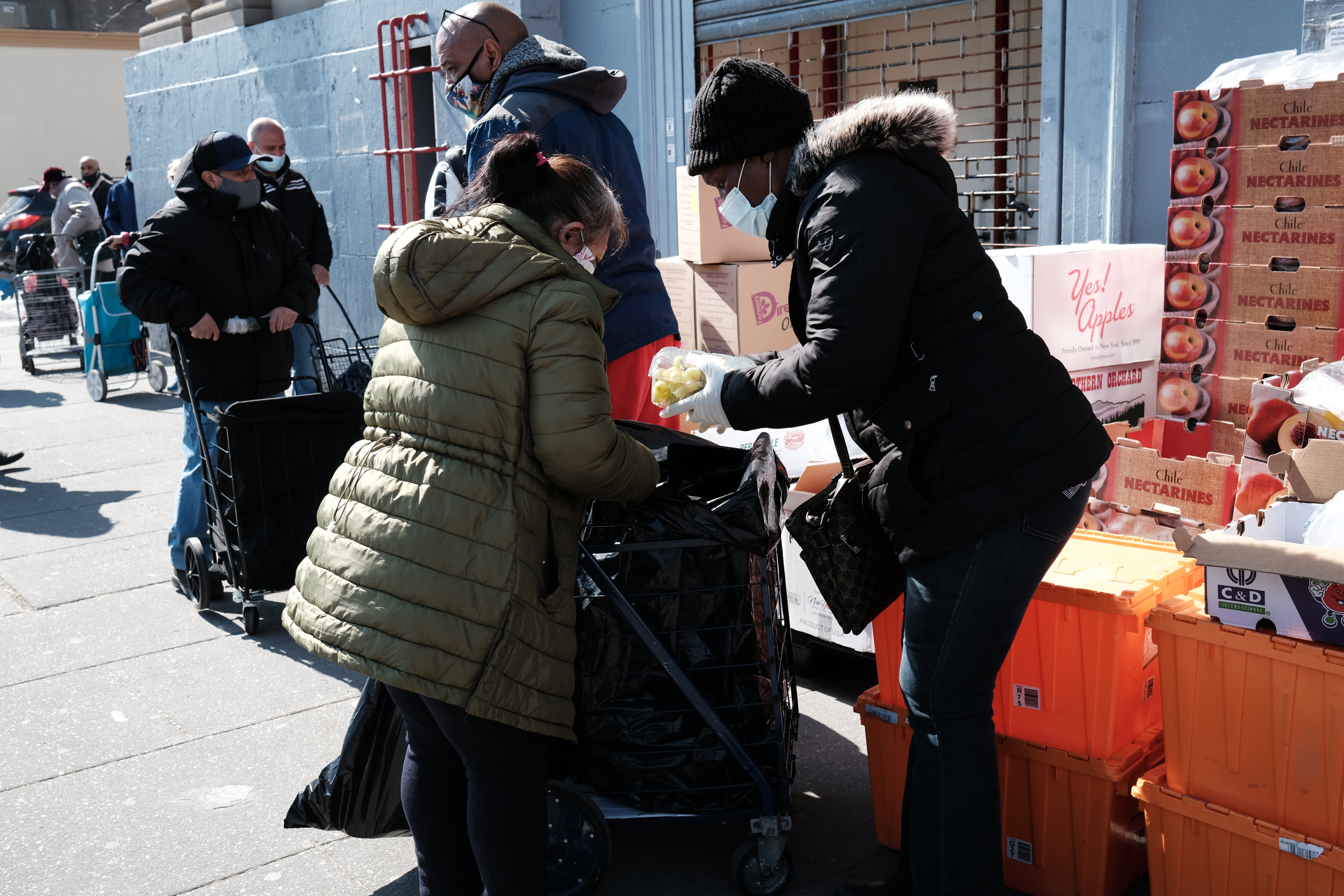It’s been about a year since millions of Americans filed for unemployment benefits in the early days of the Covid pandemic.
That anniversary seems to be posing administrative issues in some states. They may result in delayed benefits or a lower-than-anticipated amount of aid.
“I do think it’s a snag that’s catching certain people,” said Andrew Stettner, a senior fellow at The Century Foundation.
Benefit year
Claims for jobless benefits began ticking up the week of March 14, 2020, as the coronavirus sent shock waves through the labor market.
More than 24 million people applied for benefits over the next month, according to Labor Department data. Millions more applied in the following weeks.
Such individuals are reaching the end of their “benefit year.”
More from Personal Finance:
Here’s the case for a fourth stimulus payment
New $3,000 child tax credit payments set to start in July
States struggle to give out rental assistance as evictions continue
Individuals who seek benefits past this point — which marks a year since they applied for assistance — typically trigger a review from state labor agencies.
States re-examine a worker’s recent earnings history to determine if they are still eligible for benefits.
Typically, someone who hasn’t found work during the benefit year would not qualify for more aid. That could apply to a large group of workers — about a quarter of the unemployed in March had been out of work for at least a year, according to the Bureau of Labor Statistics.
Someone who found a job but had a substantial gap in work would generally qualify for a smaller weekly benefit. (They may also be ineligible, depending on the state and overall earnings.)
American Rescue Plan
Meanwhile, the American Rescue Plan extended unemployment benefits for workers through Labor Day.
These two competing forces seem to be causing some problems for states and, in some cases, delaying benefits for workers.
However, the issues vary by state and according to the specific program paying benefits when the benefit year ends, according to Michele Evermore, a senior policy advisor for unemployment insurance at the U.S. Department of Labor.
“As we’ve discussed over the last year, any administrative hurdle is going to be a challenge for claimants, and there is no hurdle that every single worker can clear,” Evermore said in an e-mail.
For example, California’s Employment Development Department notified workers Thursday that most would have to reapply for aid when they reach the end of their benefit year.
Processing those claims may take up to three weeks, the agency said.
Twenty-one days is the standard barometer for a “timely” payment of unemployment benefits. But that also means some people may be without income for a few weeks.
New claims must go through fraud screens and identity verification as a safeguard, California’s labor bureau said.
“The massive expansion in federal benefits under the American Rescue Plan comes at a time when many Californians are also reaching the expiration of their initial claims for benefits,” the agency said.
The Georgia Department of Labor also forecast a gap in benefits due to a need to reapply for assistance.
“If you reached the end of your benefit year, you must file a new claim on the day AFTER your benefit year ends,” the agency said in a tweet.
The agency recommended workers continue to request a payment while the claim is being processed, and said all eligible payments will be issued once the new claim has been vetted.
This may take up to 14 days or longer for some workers, the Georgia labor bureau said.
In addition, the Oklahoma Employment Security Commission reported technology issues this week associated with the year anniversary.
“The OESC team is continuing to work through resolving reported filing issues related to benefit year end dates,” the agency said in a tweet Thursday.
However, some states appear to have taken proactive measures to prevent hiccups for workers, Stettner said.
The New Jersey Labor Department, for example, claimed Thursday that it was the only state to have automated the benefit-year review process. The agency has automatically refiled about 275,000 unemployment claims to date, it said.
Lower benefits?
States have had to contend with a year of historically elevated unemployment claims, while taking steps to combat unemployment fraud from international crime rings as well as implement new federal programs.
The benefit-year issue is another complication in an already stressed system, Evermore said.
“Anything that adds to state agency workloads will make it harder for them in general to provide all the things to claimants they would like to — there is no slack in the system to absorb extra work,” she said.
Multiple layers of unemployment programs created during the pandemic have added a layer of confusion for workers.
For example, not all people will necessarily have to reapply for benefits. That’s likely the case for self-employed and other workers in the federal Pandemic Unemployment Assistance program who haven’t worked in the past year, Stettner said.
Aside from a gap in benefits, worker advocates are concerned that states aren’t correctly applying new rules meant to limit a large reduction in weekly benefits.
The $900 billion Covid relief law passed in December put a safeguard in place meant to limit a benefit cut to less than $25 a week. This applies to people who found little work during the pandemic and would have otherwise qualified for a much lower state benefit based on that work history.
However, that fix may not be getting applied uniformly, Stettner said.
